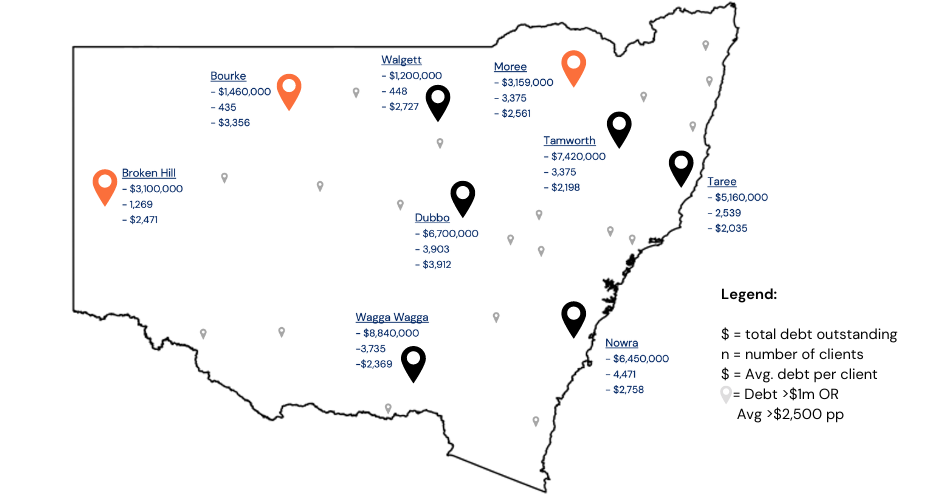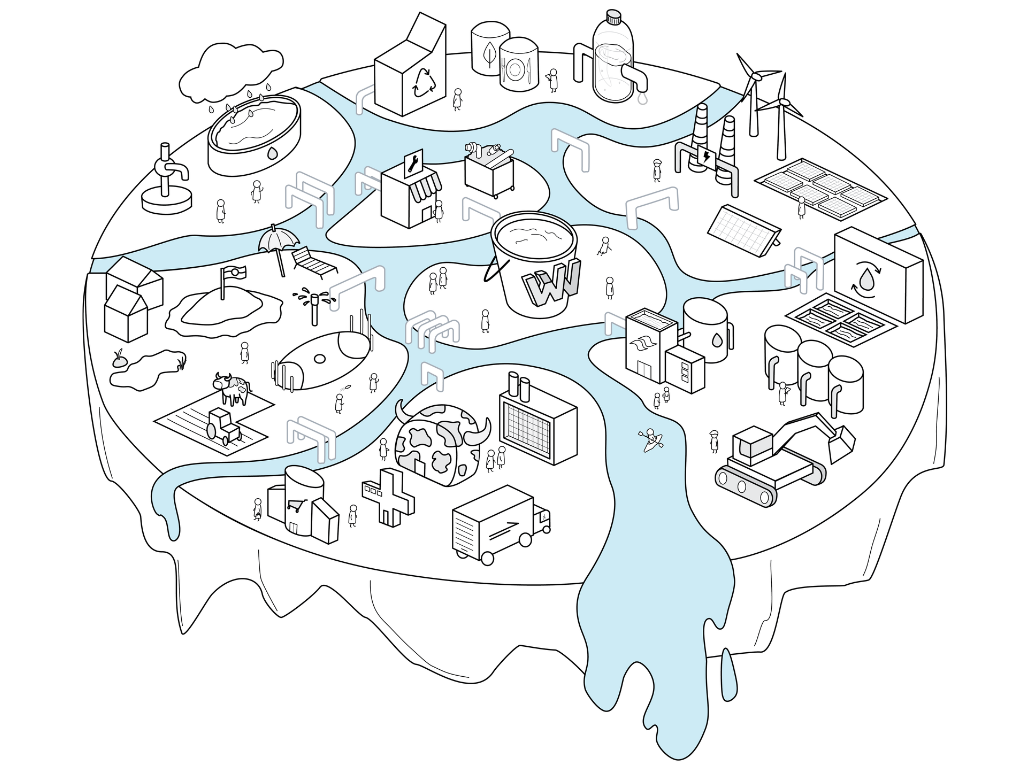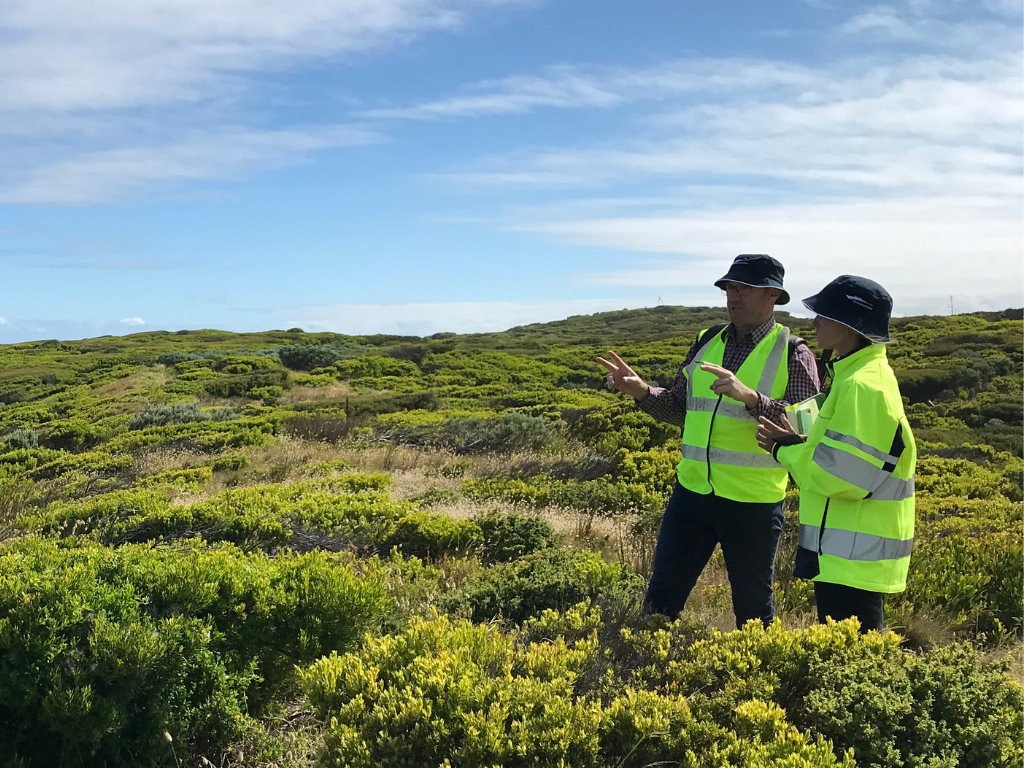STUDIO
A study conducted by The Department of Regional NSW in 2023 revealed that regional communities across New South Wales (NSW) have more than $219 million in outstanding fine debt.
To combat the cumulative impact of fine debt on vulnerable people (who are disproportionately affected), the NSW Government is investing in pathways to resolve fine debt amongst people experiencing hardship.
To deepen their understanding of the challenges people face towards paying fines, the Department of Regional NSW engaged ThinkPlace to use our award-winning place-based co-design methodology. With a focus on three regional areas (Broken Hill, Bourke, and Moree Plains), our task was to make recommendations on how to improve people’s access to the fine debt resolution scheme, plus create a framework for developing preventative diversion programs. reparation.

Image caption: Map showing fine debt across regional NSW. The total reach is 96,781 residents with a total fine debt of $219 million.
The Challenge
Fines are an important legal mechanism which aims to deter criminal behaviour, divert low-level offenders from the criminal justice system, and provide a means for fair
Despite intentions of fairness, fine debt has a disproportionate impact on people experiencing disadvantage.
Through our research of data from Broken Hill, Bourke, and Moree Plains, we found that 66% of people with overdue fine debt are socially and economically vulnerable. This often deepens hardship and pushes people towards further contact with the justice system.
The impact of fine debt is worse in regional areas where service access challenges prevent people from utilising fine debt resolution schemes, known as Work and Development Orders (WDO). WDOs help people clear their fine debt by completing unpaid work, courses, counselling, mentoring or treatment programs; these pathways address underlying disadvantages, such as social isolation, mental health, drug or alcohol addictions, severe financial hardship, and houselessness.
Common types of WDOs are:
- Medical/mental health treatments
- Counselling
- Drug/alcohol treatment
- Educational/vocational or life skills course
- Voluntary unpaid work
- Mentoring programs
In addition to identifying accessibility as a problem, Regional NSW and Revenue NSW noted that administrative burdens on individuals, a lack of social service providers, and inadequate awareness of the scheme’s existence were all barriers to people utilising WDOs to resolve their fine debt.
Our Response
1. A literature review
As we do with any place-based approach, we first sought to understand the context, environment and community in the three areas. We undertook a literature review of how fines affect people experiencing hardship, mapped out the service ecosystem in each area, and connected and consulted with legal and social service stakeholders to understand the scale of the problem.
2. Systematic analysis
Next, to better understand how fine diversion programs function across the world, we conducted a systematic review of diversion programs in Australia, New Zealand, North America and Europe. Statistical analysis of fine data from these areas also helped us understand the prevalence of certain fine types, the age groups in which fine debt peaks, and opportunities for intervention.
3. Living Lab
Using our Living Lab methodology, our research team spent four weeks in the regional areas to facilitate co-design with the community. Living Lab is an approach that blends community engagement, genuine community-driven co-design and ethnographic research by embedding our team in a community for an extended period. While in the community, we do on-the-ground research, combining place-based co-design techniques with ethnographic research to produce meaningful insights.
By being in the communities, we created the space and time to build relationships with people experiencing disadvantage and hardship (such as those who are affected by housing instability, mental health issues, disability, and poverty), and absorbed vital intel from local police and social workers. By hearing the experiences and worldviews of vulnerable people, the research team were able to advocate for them through the design process.

The Impact
Our literature review, systematic analysis and Living Lab provided us with deep insights on people experiencing hardship, and how this can contribute to and exacerbate the effect of fine debt.
The design process resulted in two strong deliverables.
1. A WDO Service Delivery Model
While we were just tasked with developing a WDO Service Delivery Model for regional NSW, we ended up creating a model that’s applicable state-wide. By designing a model that is considerate of society’s most vulnerable people, we created a framework that caters to all people experiencing fine debt.
The insights we gained from our place-based research helped us identify further barriers to WDOs. In creating this model, we pinpointed opportunities for registration automation, diversification of WDO delivery, improved accessibility, and nudging (more on nudging in our free Ethics Toolkit for Behavioural Designers here).
2. A framework for future fine diversion programs
Fine diversion programs can be designed in a multitude of ways, with the goal being to focus on hardship and prevent people from being fined at all. Where WDOs help people in hardship resolve fine debt through non-monetary avenues, fine diversion programs ideally work in the preventative space.
Our framework for future fine diversion programs weaves in our place-based research, outlining hypothetical scenarios and stories of debt to paint a picture of the cumulative effect of fines on people facing hardship. Additionally, the report delivers four prototypes that utilise the framework, helping the NSW Government action any future fine diversion endeavours.
Designing for equality
“This work is exemplary. The insights from this project went beyond our expectations – even for a department that predominantly works and represents communities in regional areas – and demonstrates the excellent value that has brought significant impact.” – Project Sponsor
By bringing multiple groups together to discuss a common need to improve access to services, reduce vulnerable peoples’ debt, and address social disadvantage, this project created a network of relationships between people who would otherwise not be connected.
By bettering access to and engagement with WDOs, plus creating a framework for future fine diversions, we’re enabling the NSW Government to help more people and dismantle systemic unfairness.





